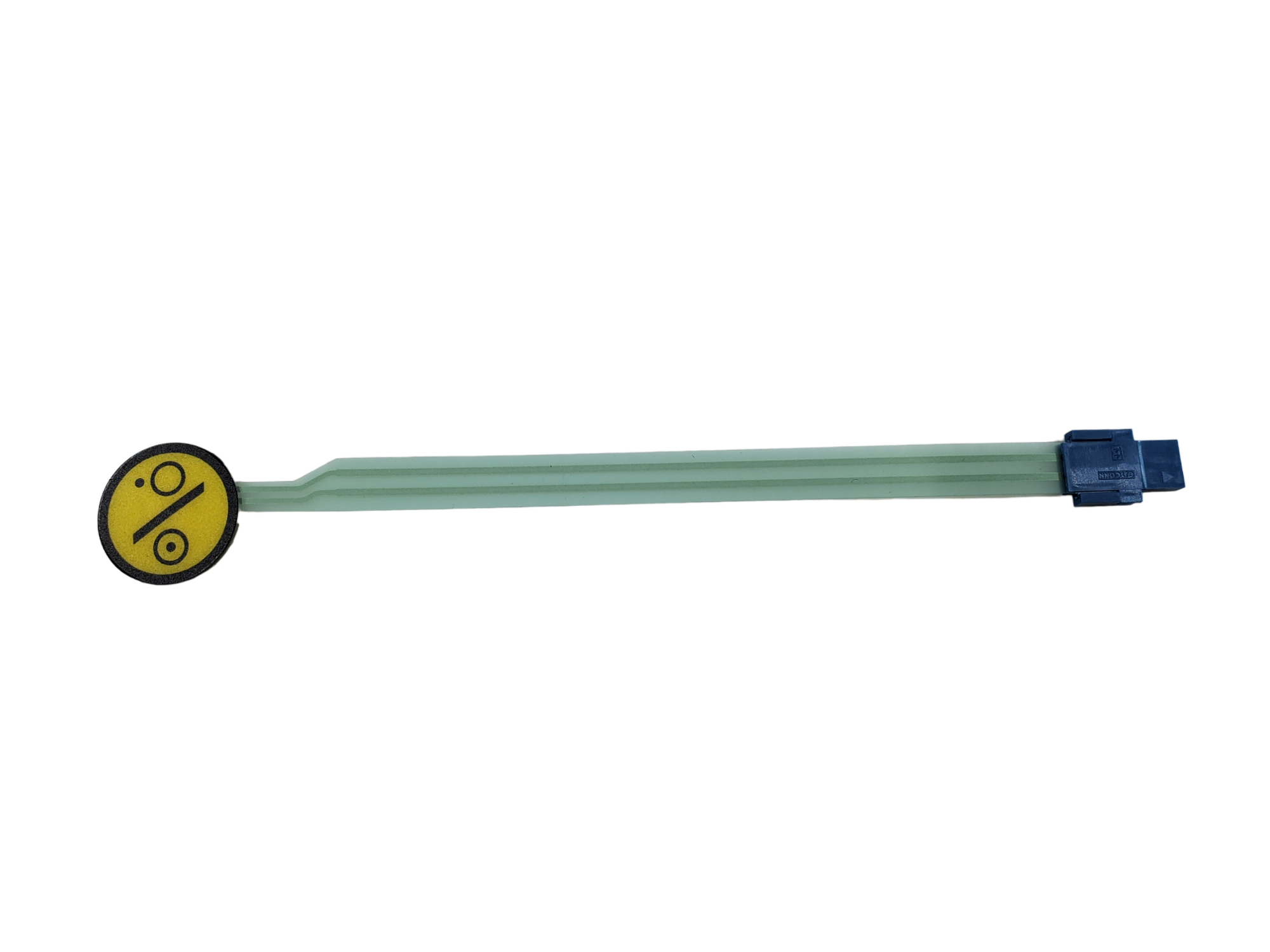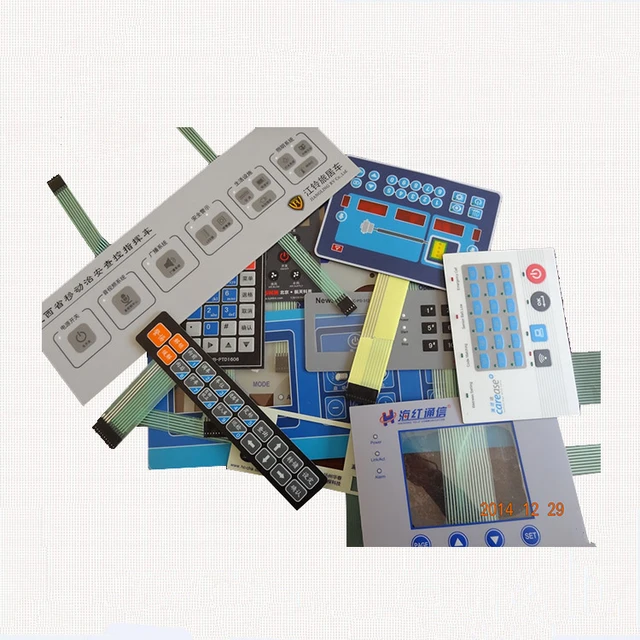Top Features to Look for in a High-Quality Membrane Switch
Top Features to Look for in a High-Quality Membrane Switch
Blog Article
Comprehending Membrane Layer Changes: The Secret to Durable and Reliable Controls

What Are Membrane Buttons?
Membrane buttons are an advanced solution in the realm of individual interface technology, integrating performance and style seamlessly. These devices offer as a user interface between users and electronic systems, integrating a number of components into a compact format. Normally constructed from adaptable, thin layers of products, membrane layer switches are made to react to touch, allowing individuals to connect with machinery and electronic gadgets effectively.
The primary components of a membrane layer button include a published circuit layer, graphic overlay, and a spacer layer that stops unintended activation. The graphic overlay can be personalized to mirror brand identity or individual preferences, enhancing looks while ensuring use. Membrane buttons are commonly utilized in different applications, consisting of clinical gadgets, consumer electronics, and industrial equipment, owing to their durability and resistance to ecological variables such as moisture and dust.
One of the crucial advantages of membrane switches is their capacity to withstand wear and tear, making them ideal for high-traffic environments. In addition, they are light-weight and call for marginal space, permitting cutting-edge styles in item growth. On the whole, membrane changes stand for a useful and efficient option for contemporary electronic interfaces, marrying modern technology with user-centric design principles.
Exactly How Membrane Switches Over Job
The operation of membrane switches hinges on a basic yet efficient system that translates customer input into electronic signals. When a customer presses the button, the top layer deforms, allowing a conductive element in the circuit layer to make contact with a matching conductive pad on the bottom of the visuals overlay.
The style of membrane buttons can vary, however they commonly incorporate domes or responsive elements to supply responses to the user, boosting the total experience - membrane switch. The products utilized in membrane layer buttons, such as polyester or polycarbonate, add to their longevity and resistance to environmental aspects, consisting of moisture and dirt. The printed circuits are usually encapsulated, which secures them from wear and tear over time.
Advantages of Membrane Switches

Furthermore, membrane layer switches are understood for their toughness. Created from durable materials, they are resistant to dust, wetness, and physical wear, which view publisher site significantly extends their lifespan compared to traditional mechanical buttons. This toughness makes them particularly suitable for high-traffic environments and applications requiring longevity.
An additional considerable benefit is the convenience of cleansing and upkeep. The smooth surface area of membrane changes lessens dirt build-up and is usually invulnerable to spills, making them ideal for setups that require regular sanitization.
In addition, membrane layer switches provide a structured account, bring about a thinner layout that can be incorporated into various tools without adding bulk. This attribute not just boosts the visual allure but also adds to a much more ergonomic item style.
Applications of Membrane Switches
Straightforward and functional, membrane buttons discover applications throughout a vast array of industries, consisting of medical devices, customer electronic devices, and industrial tools. In the medical field, these buttons are essential to gadgets such as diagnostic tools, individual monitoring systems, and mixture pumps, where dependability and ease of cleansing are important. Their ability to preserve and withstand severe environments performance makes them perfect for such applications.

In consumer electronics, membrane layer buttons are utilized in products like microwaves, washing equipments, and push-button controls - membrane switch. Their streamlined style enables intuitive individual interfaces, boosting the overall customer experience while offering longevity and resistance to damage
Commercial equipment additionally takes advantage of click here for info membrane layer buttons, particularly in control panels for machinery and automation systems. These buttons supply protection against dirt and moisture, ensuring constant efficiency in tough environments. Their customizable features enable suppliers to customize them to details operational demands, enhancing effectiveness and performance.
Picking the Right Membrane Layer Switch
When choosing a membrane button, it is important to think about different variables that influence efficiency and viability for certain applications. The primary considerations consist of ecological conditions, tactile feedback, sturdiness, and layout specs.
First, examine the operating setting; buttons revealed to moisture, chemicals, or extreme temperature levels need particular products to guarantee durability and capability. Next off, assess the requirement for responsive responses. Relying on individual interaction, some applications may profit from a responsive response to validate activation, while others may prefer a non-tactile style for visual reasons.
Toughness is an additional critical element; membrane buttons must be developed to hold up against frequent usage, impacts, Check Out Your URL and abrasion. Ensure the picked button can endure the expected lifecycle, especially in high-usage situations.

Final Thought
In conclusion, membrane switches offer as vital parts in the layout of long lasting and reliable control systems throughout various industries. The adaptability of membrane changes enables for tailored solutions that meet specific functional needs, enhancing their value in contemporary technology.
Membrane changes stand for a vital aspect of modern-day user interface style, mixing capability with strength in numerous applications.Membrane layer buttons are a sophisticated service in the world of user interface technology, integrating performance and style flawlessly. Typically constructed from versatile, thin layers of materials, membrane switches are developed to respond to touch, enabling users to communicate with machinery and electronic devices efficiently.
The design of membrane buttons can differ, but they frequently incorporate domes or tactile elements to provide responses to the customer, boosting the general experience.In conclusion, membrane switches serve as necessary elements in the design of resilient and trustworthy control systems throughout different industries.
Report this page